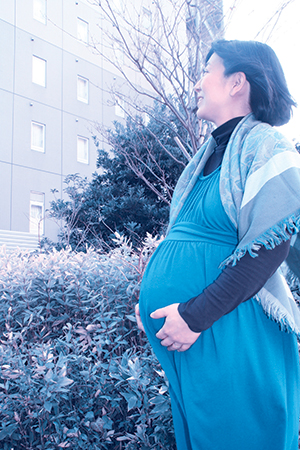 With the world’s lowest infant mortality rate, Japan appears to be an ideal place to give birth. But having baby is more than a medical procedure, and personal beliefs play a huge role. If you can accept Japan’s cultural idea about childbirth, then you can take advantage of the impressive post-partum care at many hospitals here.
With the world’s lowest infant mortality rate, Japan appears to be an ideal place to give birth. But having baby is more than a medical procedure, and personal beliefs play a huge role. If you can accept Japan’s cultural idea about childbirth, then you can take advantage of the impressive post-partum care at many hospitals here.
PLANNED DELIVERY
Chances are when we were born, our mothers never walked into the hospital and handed the obstetrician a “wish list” of instructions about how they wanted their babies to be delivered. Today, having children is often by choice. So for many couples, having doctors agree to their “birthing plan” is an essential part of determining the kind of parents they want to be.
In some parts of the world, women can have a planned Caesarean section so as not to interfere with work or social schedules, while others desire the most down-to-earth birthing experience, delivering at home with the entire family present. Whether to administer an epidural analgesia to relieve the labor pain is a decision usually made by the birthing mother and not the doctor.
CULTURAL DIFFERENCES
If you have a long and detailed birth plan, you will likely run into problems in Japan because many doctors here are not used to being told what to do. Many will make decisions without consulting or explaining the situation to patients. When a friend recently politely requested an epidural, her doctor responded by asking a stunned “Why?”
It was obviously not due to a lack of medical knowledge, but in Japan, pain during childbirth is supposed to be an important part of establishing strong psychological mother-child bond. Well-respected Japanese pediatricians have insisted that a mother will love her child more if she gives birth in pain. Thus, a mother requesting painkillers is looked upon as a potential child abuser.
In many countries, the medical trend is towards a higher percentage of C-sections. Doctors prefer the controlled environment of a planned operation rather than being subjected to the unpredictability of natural birth. Japanese doctors, on the other hand, prefer natural birth. They also are very particular about women not gaining too much weight during pregnancy and preventing the fetus from growing too big because these factors make natural birth more difficult.
POST-NATAL CARE
There are cultural inconveniences of giving birth in Japan, but if you can overlook them, it is an excellent place to have children. Having given birth in both Canada and Japan, from my personal experience, I far preferred the Japanese hospital. The biggest difference is in post-natal care. In many other countries, a woman stays at the hospital for up to 48 hours for a routine delivery and four days for a Caesarean section. But in Japan, the stays are much longer. A woman stays between five days to a week for a normal delivery and up to two weeks for a C-section.
At Aiiku Hospital, where I gave birth to my daughter, the post-partum care included breastfeeding and bathing lessons by cheerful midwives. Meals were simple but nutritious and made by hand. It contrasted the Canadian hospital that served half-frozen sandwiches, instant pudding and canned soups. While most hospitals recommend that mothers room-in with their babies, if an infant is crying during the night, the child is often whisked away into the nursery so the mother can rest. There are fathers out there who have read that exclusive rooming-in is necessary for successful breastfeeding but I can assure you sleep and sanity (and being taught proper latching techniques) are more important.
SMALL CLINICS VERSUS LARGE HOSPITALS
can give birth. One type is the small clinic that specializes in obstetrics and may have a pediatrics section. The other is a large general or university hospital. Friends who gave birth at large hospitals usually chose them for the first baby, wanting the comfort of having other specialists if a medical problem arose. Many complained about the sparse facilities and the indifference of the support staff. Friends who gave birth in small clinics generally reported good experiences such as thoughtful nurses and hotel-quality meals. At smaller clinics, though, the head doctor is usually a dictator and if you are the “birth plan” type of person, you may experience conflicts.
For me, Aiiku Hospital in Hiroo was an ideal place because it specializes in OB/GYN, yet is a fairly large hospital that is used to international patients and doctors speak English (though most of the nurses don’t). Unlike the small maternity clinic near my home, they were open to my birthing plan. (In my case, it was a vaginal delivery after a Caesarean, a procedure not common in Japan.) But most of all, I am most indebted to Aiiku Hospital for having one of the best newborn intensive care units (NICU) in Japan. The pediatric unit saved my daughter’s life.
Born four weeks premature, she weighed in at a little over 3 kg, and was proclaimed a healthy baby at birth. She stayed in the nursery overnight so I could rest after a long delivery. About 17 hours after birth, she temporarily stopped breathing. Luckily, a nurse saw her tiny face turn purple and tapped her awake. Startled, she began to cry and in doing so, took deep breaths. If she had been rooming in with me sound asleep or if the nursery staff had not been so attentive, she could have easily been a victim of Sudden Infant Death Syndrome.
My daughter was quickly moved up to the NICU unit to be monitored for the next four days. Over the next two weeks, I met various women who arrived at the hospital as emergency cases from Saitama and even Ibaraki prefectures, giving birth to extremely fragile babies. It was wonderful testimony to the miracle of medicine to see these frail creatures grow strong enough to be taken home.
MECCA FOR NATURAL BIRTH
If you strongly prefer natural birth, you need not leave Japan to follow your plan. Many Japanese maternal hospitals provide sophrology lessons. A Colombian-based visualization and respiration method that helps ease the pain of childbirth naturally, sophrology is the newest trend in natural birth.
If you wish to have a non-medical birthing experience, there are alternatives in Japan. A friend gave birth to both her children at the English-speaking Aqua Birth House in Setagaya Ward. Director Setsuko Yamamura has delivered over 2,000 babies in her 15 years of being a midwife. Birthing mothers have the option of giving birth in a sanitized hot tub with their husband helping or in a tatami mat birthing room. Other children are encouraged to share the experience. When a baby is delivered, everyone cheers, hugs each other, and offers congratulations. Women giving birth here give glowing reports about their experiences. Medical back-up is also assured. Another friend was rushed to a hospital when her delivery became complicated.
COST OF CHILDBIRTH
A point that people often bring up is the cost of childbirth in Japan. In some countries, childbirth expenses are covered by health insurance. In Japan, giving birth is not considered an illness so it is not covered by national health insurance.
To help with expenses, the government currently hands out a stipend for children. Regardless of nationality, if you are paying into the Japanese government’s health insurance programs (through your employer or the ward office), you are eligible for up a lump sum of around ¥350,000 of “gift money.” (A proposal to increase the stipend is currently being debated by the government. Some municipalities have increased the amount. Check with your local ward office.) From April 2009, up to 14 prenatal visits are also covered by the national insurance program.
If you (or your spouse) are paying into Japan’s health insurance program, you are eligible for the stipend, even if your child is born in another country. Another point to note is that since there are no elective Caesarean sections here, they are regarded as medical procedures and thus covered by national health insurance, which make them less expensive than a natural birth.
A routine delivery at Aiiku Hospital is about ¥680,000. At Aqua Birth House, delivery including the postpartum stay is ¥490,000, plus ¥40,000 extra for a water birth. Smaller maternity clinics and general hospitals try to keep costs down to around ¥350,000 to match the government stipend.
The childbirth options available today are tremendous and can be overwhelming. Do research. Rather than take advice from friends, go and talk to a few doctors yourself to check out whether their style matches yours.
Story by Carol Hui
From J SELECT Magazine, May 2010

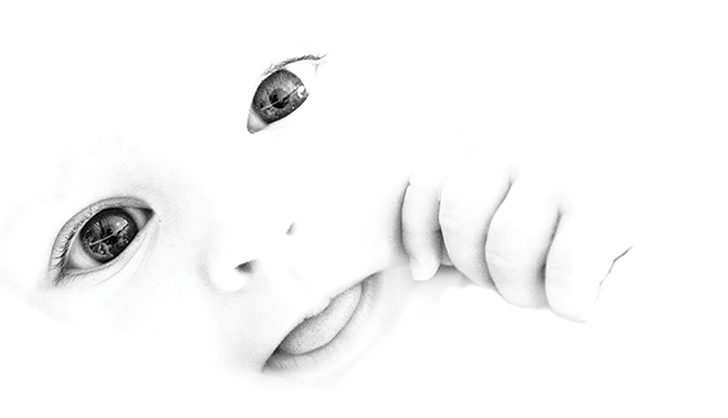


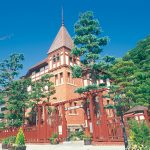
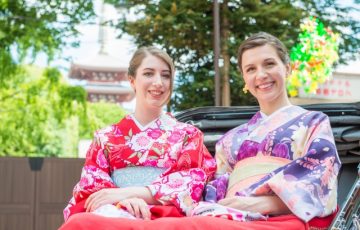
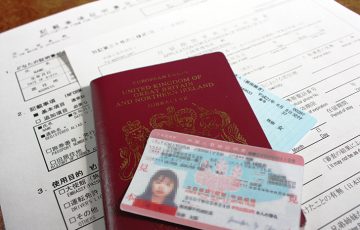




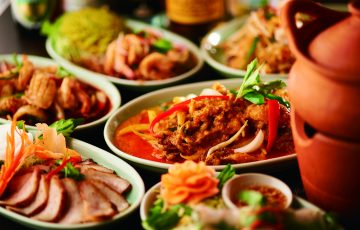
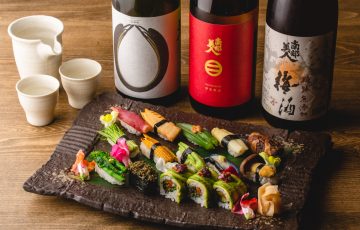


Recent Comments